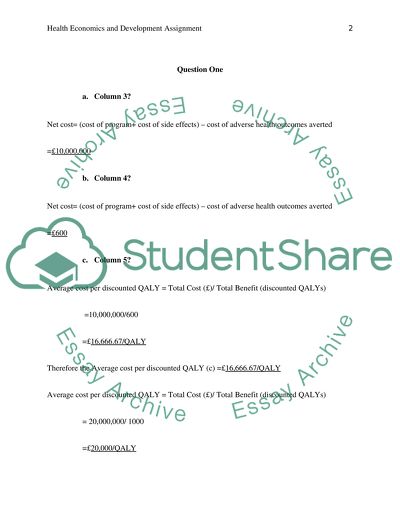Cite this document
(“HEALTH ECONOMICS AND DEVELOPMENT ASSIGNMENT ( PhD Public Health)”, n.d.)
HEALTH ECONOMICS AND DEVELOPMENT ASSIGNMENT ( PhD Public Health). Retrieved from https://studentshare.org/health-sciences-medicine/1483966-health-economics-and-development-assignment-phd
HEALTH ECONOMICS AND DEVELOPMENT ASSIGNMENT ( PhD Public Health). Retrieved from https://studentshare.org/health-sciences-medicine/1483966-health-economics-and-development-assignment-phd
(HEALTH ECONOMICS AND DEVELOPMENT ASSIGNMENT ( PhD Public Health)
HEALTH ECONOMICS AND DEVELOPMENT ASSIGNMENT ( PhD Public Health). https://studentshare.org/health-sciences-medicine/1483966-health-economics-and-development-assignment-phd.
HEALTH ECONOMICS AND DEVELOPMENT ASSIGNMENT ( PhD Public Health). https://studentshare.org/health-sciences-medicine/1483966-health-economics-and-development-assignment-phd.
“HEALTH ECONOMICS AND DEVELOPMENT ASSIGNMENT ( PhD Public Health)”, n.d. https://studentshare.org/health-sciences-medicine/1483966-health-economics-and-development-assignment-phd.


